Coral reefs are some of the most ancient ecosystems on Earth, having existed for millions of years. Today, these vibrant marine habitats are struggling to survive as ocean temperatures continue to rise due to climate change. Warmer waters, combined with increasing ocean acidity, are causing widespread coral bleaching and weakening their structures. Despite their long history of adapting to natural changes, the rapid pace of modern climate change is overwhelming these reefs, threatening their survival. This article explores several ancient coral reefs around the world and the unique challenges they face as they try to cope with the evolving conditions of today’s oceans.
The Great Barrier Reef
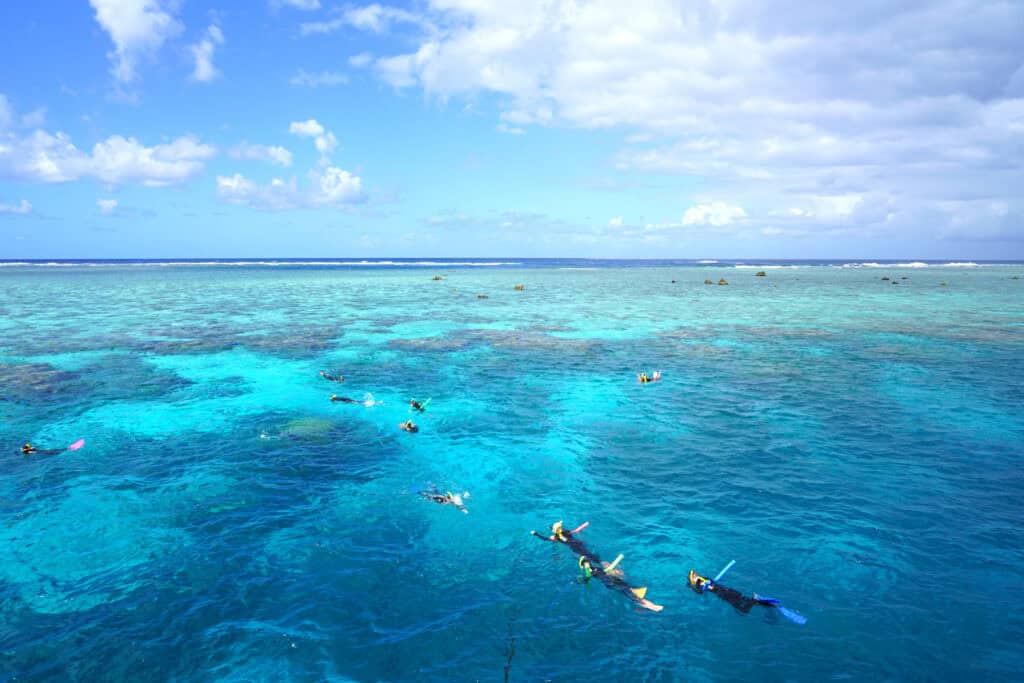
The Great Barrier Reef, located off the coast of Australia, is the world’s largest and most famous coral reef system. Estimated to be around 20 million years old, it spans over 2,300 kilometers and hosts a diverse array of marine species. Rising sea temperatures have caused mass coral bleaching events, with significant portions of the reef suffering damage over the past few decades. Its corals, which have adapted to a relatively stable climate over millions of years, are now struggling to cope with the accelerated pace of ocean warming. The calcification rates of the corals have slowed down due to increased ocean acidity, making it harder for them to build their protective skeletons. Additionally, frequent marine heatwaves have weakened the reef’s ability to recover from bleaching events, leading to large-scale coral die-offs. This delicate ecosystem, which once thrived in pristine waters, is now at a critical tipping point, with scientists working urgently to mitigate further damage.
The Hawaiian Coral Reefs

The coral reefs surrounding the Hawaiian Islands are some of the oldest in the Pacific Ocean, estimated to be about 400,000 years old. They are renowned for their diversity, with over 25% of the marine life found in Hawaiian waters being unique to the region. However, like many coral systems around the world, they are under threat from rising ocean temperatures. In 2015, a massive coral bleaching event caused by unusually warm waters devastated large portions of the reef, killing up to 50% of the coral in some areas. Coral species in Hawaii have historically thrived in stable, warm waters, but the frequency and intensity of heat stress events are beyond what these ancient ecosystems have experienced in their long history. Ocean acidification is another growing concern for Hawaiian corals, as it reduces the availability of carbonate ions needed to form strong skeletons. These changes in ocean chemistry are making it more difficult for corals to recover from damage. Marine conservationists in Hawaii are exploring ways to protect and restore the reefs, including coral farming and reef monitoring initiatives.
The Coral Reefs of the Red Sea
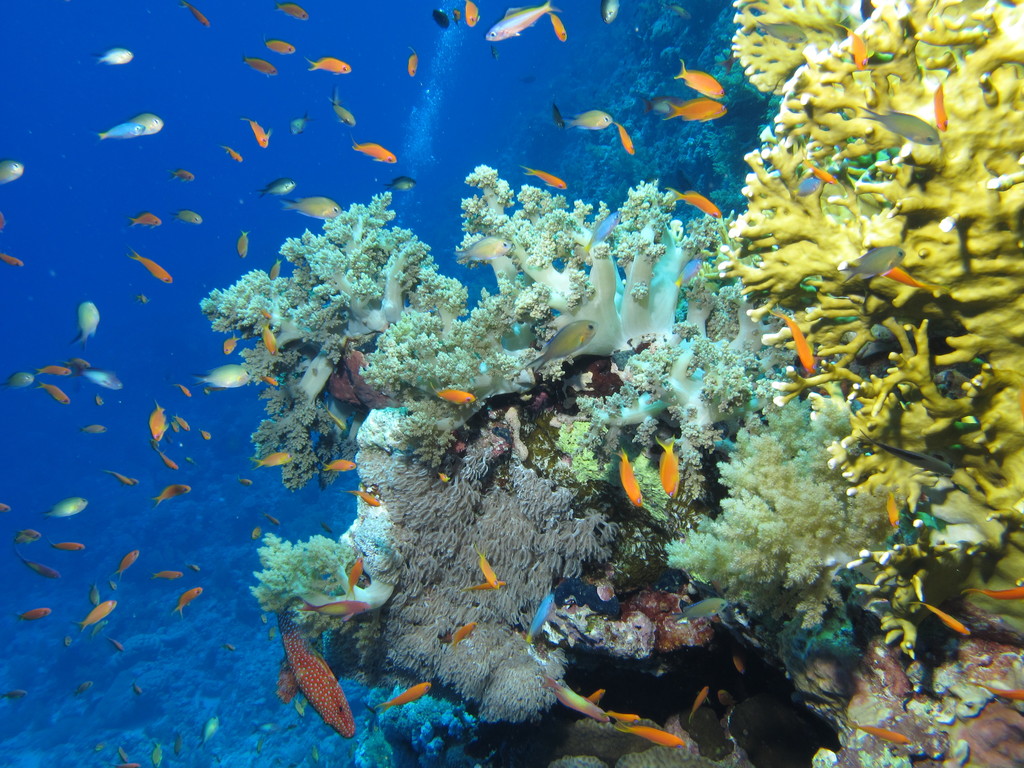
The coral reefs in the Red Sea are unique in their resilience to high temperatures, with some reefs estimated to be over 5,000 years old. They stretch from Egypt to Saudi Arabia and down to Yemen, covering approximately 2,000 kilometers. What makes them particularly remarkable is their ability to survive in warmer waters that often exceed the temperature thresholds that cause bleaching in other parts of the world. However, even these hardy corals are beginning to show signs of stress as ocean temperatures continue to rise. Despite their natural resilience, the rapid pace of climate change is outpacing the ability of these ecosystems to adapt. Researchers have found that bleaching events, though less frequent here, are becoming more common, posing a long-term threat to the health of the reefs. Additionally, overfishing and coastal development are adding further pressure to these fragile ecosystems. Recent studies suggest that the genetic makeup of Red Sea corals may hold the key to understanding how some reefs can withstand extreme conditions.
The Coral Reefs of Palau
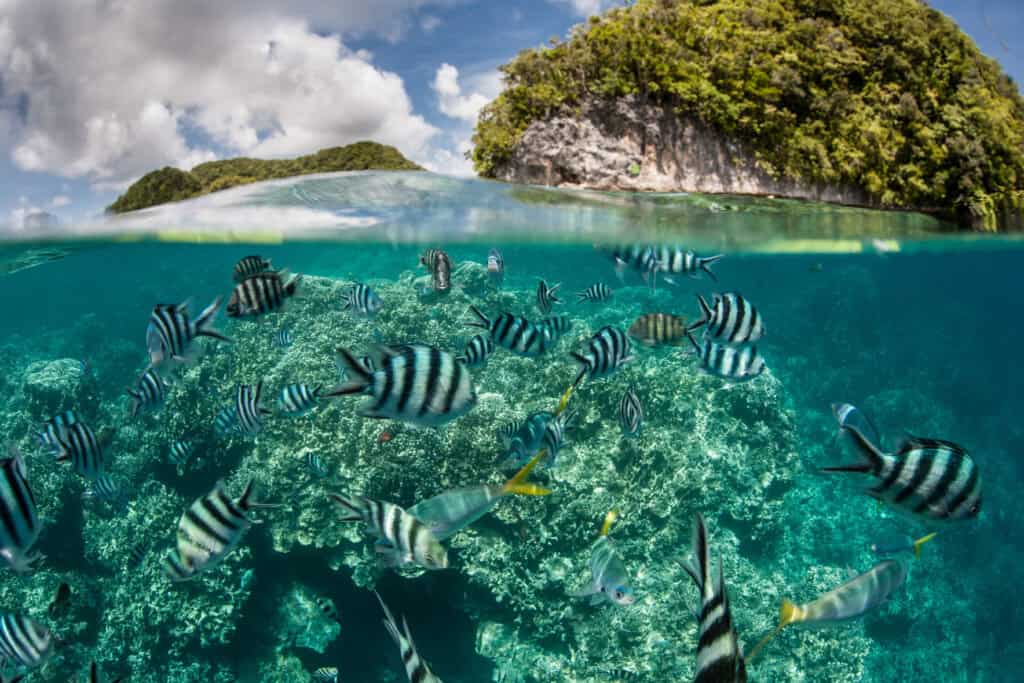
Located in the western Pacific Ocean, Palau’s coral reefs are home to some of the oldest known coral species, with parts of the reef dating back over 2,000 years. They are part of a biodiversity hotspot, supporting a wide array of marine life and attracting scientists and divers from around the world. Despite their age and significance, they are facing unprecedented threats from rising sea temperatures. In 1998 and 2010, mass bleaching events caused significant coral mortality across the islands. The delicate balance of ocean temperatures and nutrient levels that have sustained these reefs for centuries is being disrupted by global warming. Ocean acidification is also affecting Palau’s reefs, weakening the calcium carbonate structures that corals rely on for growth and stability. Local communities, which depend on the reefs for fishing and tourism, are increasingly concerned about the long-term impacts of climate change on their livelihoods.
The Marshall Islands’ Coral Reefs
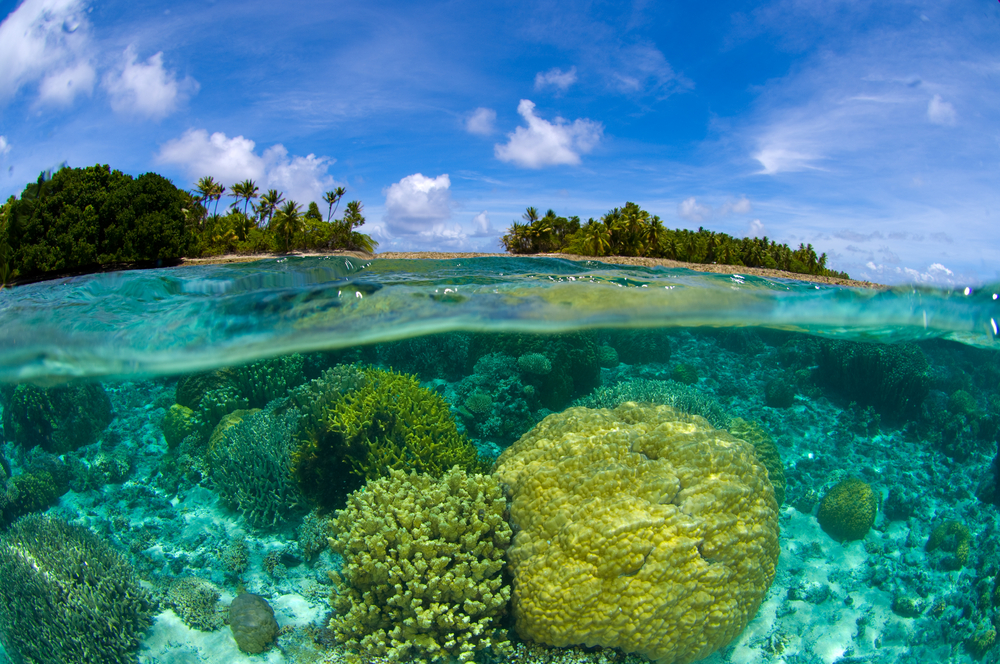
The coral reefs of the Marshall Islands are ancient, some dating back over 4,000 years, and are vital to the local environment and economy. Situated in the central Pacific Ocean, they are renowned for their biodiversity, housing over 800 species of fish and numerous coral species. Rising sea temperatures and ocean acidification are now threatening these once-thriving ecosystems. In recent years, they have experienced more frequent bleaching events, leading to widespread coral death. Their ability to recover from these events is severely hampered by the ongoing stress of climate change, particularly the increased heatwaves that cause coral tissues to expel their symbiotic algae. Ocean acidification is also making it more difficult for corals to build their skeletons, as the water becomes less saturated with the calcium carbonate they need.
The Florida Keys Reef Tract
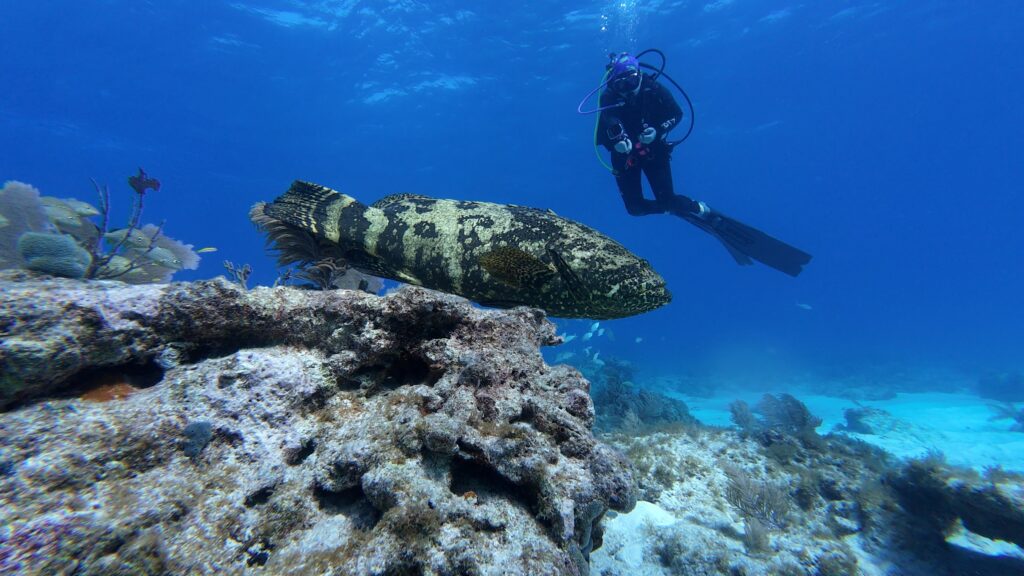
The coral reefs of the Florida Keys are part of the third-largest barrier reef system in the world and are estimated to be between 5,000 and 7,000 years old. Located just off the coast of Florida, this reef system has been facing severe stress due to rising ocean temperatures and pollution. It has experienced multiple mass bleaching events, with the most recent one in 2014-2017 causing widespread damage. In addition to bleaching, disease outbreaks such as the stony coral tissue loss disease have ravaged the reef, further reducing coral cover. These factors, combined with ocean acidification, are significantly hindering its ability to recover and grow. It is essential not only for marine biodiversity but also for protecting coastal areas from storm surges and supporting local economies through tourism and fishing. However, its future is at risk if climate change continues unabated. Scientists are working on coral restoration projects, including coral nurseries and outplanting efforts, to help rebuild the damaged reefs.
The Coral Reefs of the Maldives
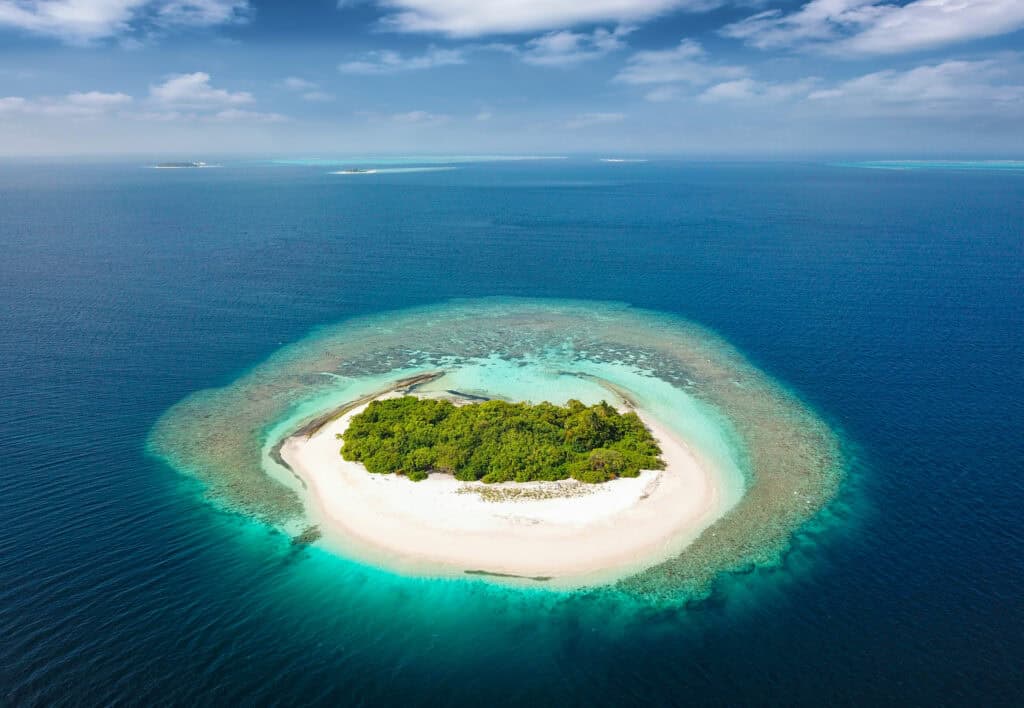
The Maldives coral reefs are estimated to be around 5,000 years old, making them one of the younger reef systems in the world. They form an integral part of the Maldives’ identity, supporting both its environment and economy. However, rising ocean temperatures have caused severe bleaching events, particularly during the El Niño events of 1998 and 2016, which led to a significant loss of coral cover. These bleaching events have devastated the vibrant marine life that depends on the reefs for habitat. Ocean acidification is further compounding the problem, making it difficult for corals to rebuild their calcium carbonate skeletons. This has reduced the resilience of the reefs, limiting their ability to recover from future temperature spikes. As sea levels rise, the atolls of the Maldives face additional threats, making the preservation of these reefs even more critical.
The Chagos Archipelago Coral Reefs
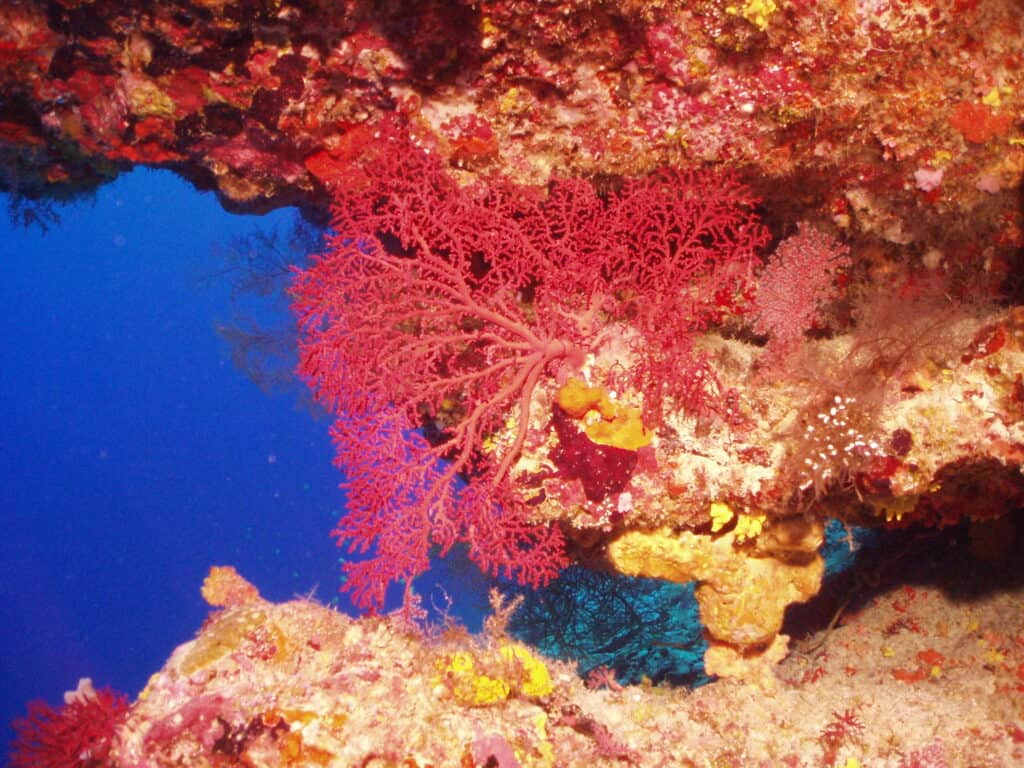
The coral reefs of the Chagos Archipelago, located in the Indian Ocean, are some of the most pristine and least disturbed by human activity, despite being over 8,000 years old. They are home to an impressive range of marine species, including sharks, sea turtles, and thousands of fish species. However, even in this remote region, climate change is making its presence felt. Rising ocean temperatures have led to coral bleaching events, with a significant bleaching episode occurring in 2015-2016. Despite the isolation of the Chagos reefs, they are not immune to the effects of ocean acidification, which is gradually eroding their ability to grow and sustain marine life. The remoteness of the Chagos Archipelago means that direct human intervention is limited, but the global impacts of climate change are threatening these ancient ecosystems.
The Belize Barrier Reef
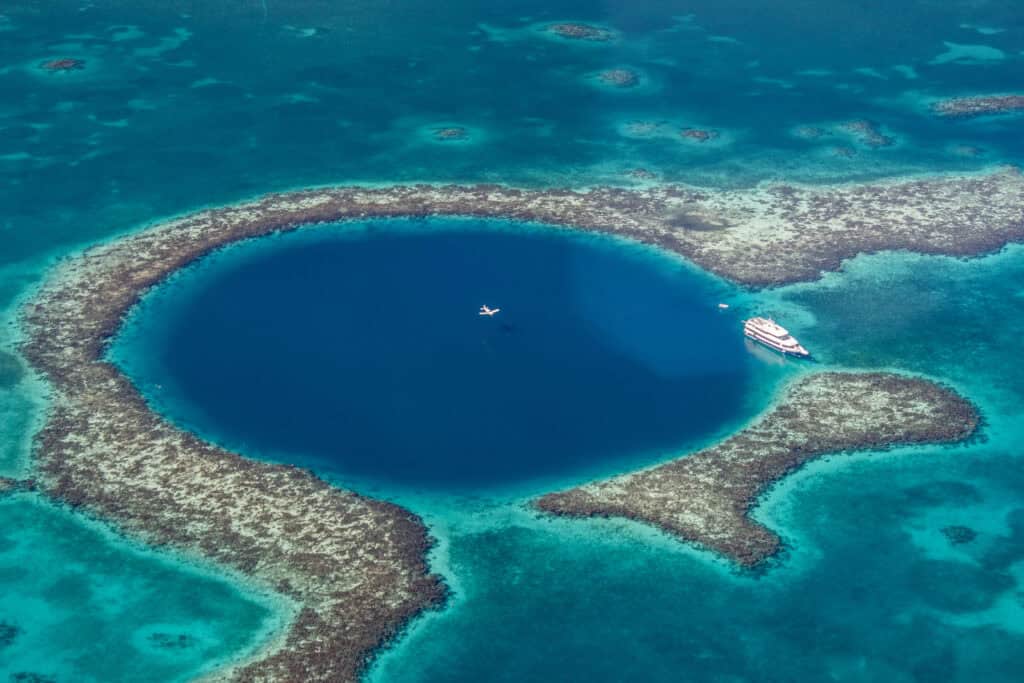
The Belize Barrier Reef, part of the Mesoamerican Barrier Reef System, is estimated to be over 10,000 years old. It stretches for approximately 300 kilometers along the coast of Belize and is home to a diverse array of coral species and marine life. It has faced significant threats from rising sea temperatures, particularly in the form of coral bleaching events. In 1998, a major bleaching event affected over 50% of it, with subsequent events further degrading coral health. Ocean acidification is also a growing concern, as it threatens the ability of corals to build their protective skeletons. Despite these challenges, it has shown remarkable resilience, with some areas managing to recover from bleaching events. It is a UNESCO World Heritage site, and its preservation is critical not only for marine biodiversity but also for the livelihoods of local communities.
The Aldabra Atoll Coral Reefs
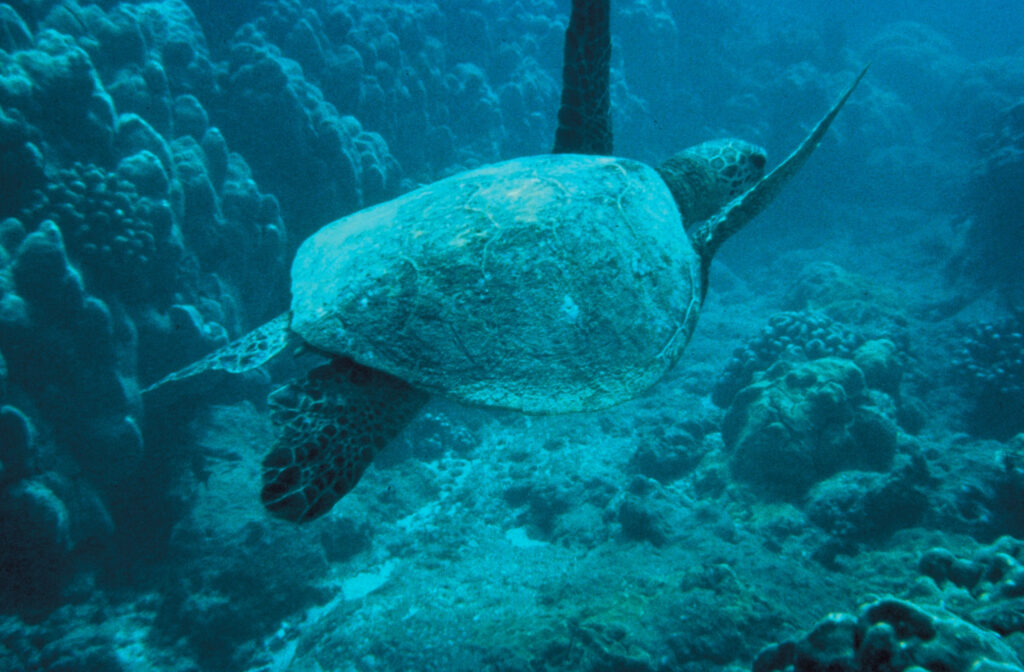
Located in the Indian Ocean, the coral reefs surrounding the Aldabra Atoll are part of a UNESCO World Heritage site and are thought to be over 125,000 years old. They support a rich biodiversity, including large populations of fish, sea turtles, and the famous Aldabra giant tortoises. Rising ocean temperatures have caused coral bleaching events in the region, with a significant event occurring in 1998 that resulted in widespread coral mortality. Although they have shown some ability to recover, ongoing climate change threatens their resilience. Ocean acidification is also affecting them, reducing the availability of the minerals necessary for coral growth. The combination of rising temperatures and ocean chemistry changes is putting unprecedented pressure on this ancient ecosystem. Local conservation efforts, including strict protections under Seychelles law, are helping to safeguard the reefs. However, the impacts of global climate change continue to challenge the long-term health of the Aldabra coral systems.
The Coral Reefs of the Seychelles
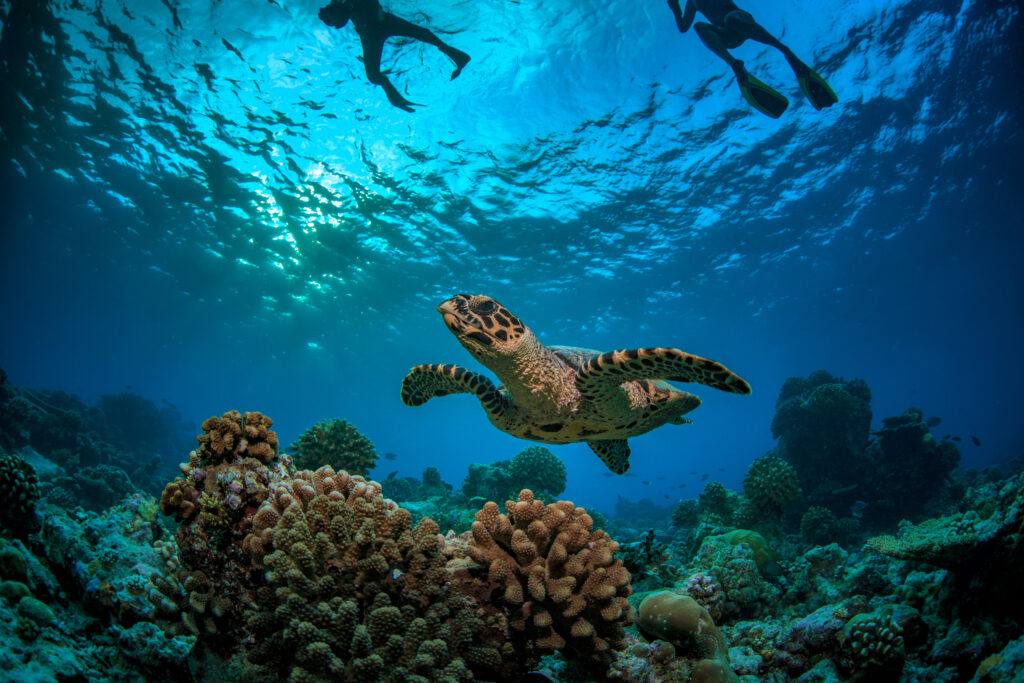
The coral reefs surrounding the Seychelles islands are believed to be over 10,000 years old, and they play a crucial role in supporting the region’s marine biodiversity. They are known for their rich fish populations and are a popular destination for tourists and divers. However, rising ocean temperatures have caused severe bleaching events, particularly in 1998 and 2016, which have damaged significant portions of it. These events have weakened the coral structures and reduced the overall biodiversity of the region. Ocean acidification is further eroding its ability to rebuild, as the water becomes less favorable for calcium carbonate formation. Despite these challenges, the Seychelles government has made substantial efforts to protect the reefs, including the creation of marine protected areas and the promotion of sustainable fishing practices.
This article originally appeared on Rarest.org.
More from Rarest.org
10 Unexpected Items That Skyrocketed in Value Over Time

Some items start out as ordinary purchases but unexpectedly gain immense value over time. Whether due to nostalgia, cultural significance, or scarcity, these once-common objects have become prized treasures in collectors’ markets. Read More.
21 Strange Geological Formations Found in Uninhabited Lands
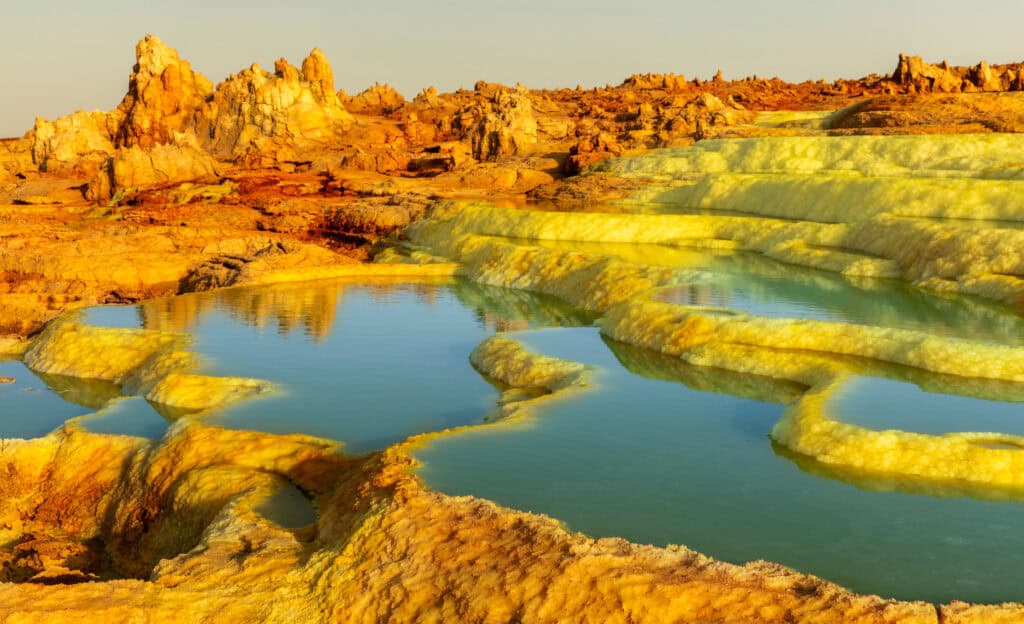
The Earth hides some of its most extraordinary formations in uninhabited regions. These remote landscapes are home to geological wonders that seem almost otherworldly. Read More.
13 Sought-After Antique Sewing Machines and Their Collector Value

Antique sewing machines hold a special place in history and in the hearts of collectors. These machines are more than just relics; they are a testament to craftsmanship and engineering. Collectors seek them out not only for their beauty but also for their functionality. Read More.
